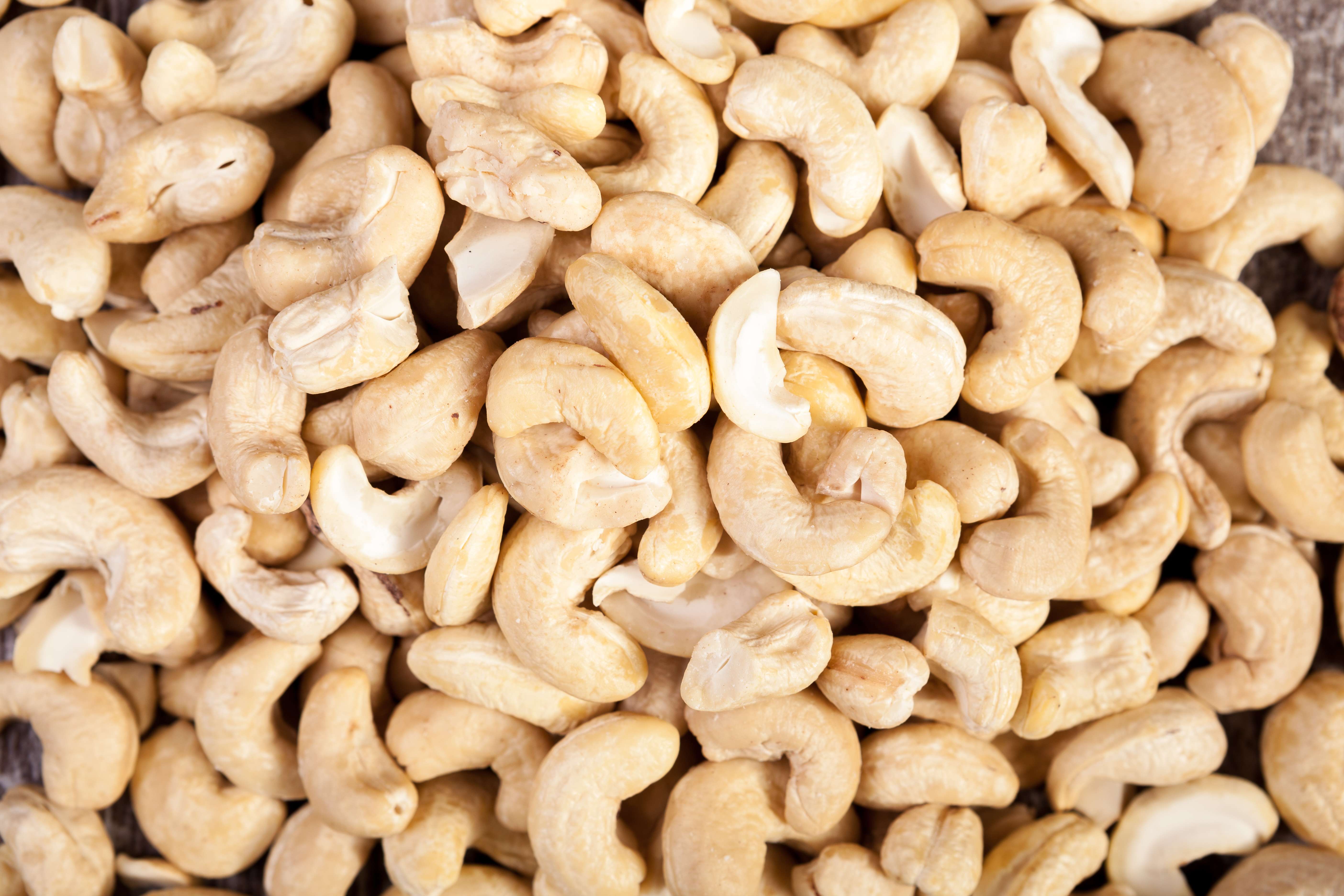Cashew Nuts
Info
- Product Type: Dry Fruit
Cashew nuts, often simply referred to as cashews, are the seeds of the cashew tree (Anacardium occidentale), which is native to Brazil.







Cashew nuts, often simply referred to as cashews, are the seeds of the cashew tree (Anacardium occidentale), which is native to Brazil.
| Specifications | Details |
|---|---|
| Scientific Name | Anacardium occidentale |
| Family | Anacardiaceae |
| Color | Pale, Light Brown |
| Flavor | Sweet, Buttery |
| Uses | Culinary, Snacking |
| Nutritional Value | Rich in healthy fats, protein, and minerals |
| Harvest Season | Typically in late autumn |
| Origin | Native to northeastern Brazil |
| Storage | Store in a cool, dry place |
Cashew nuts, often simply referred to as cashews, are the seeds of the cashew tree (Anacardium occidentale), which is native to Brazil.
The cashew tree produces a pear-shaped accessory fruit, commonly known as the cashew apple, but it is the kidney-shaped nut or seed attached to the bottom of the cashew apple that is widely consumed.
Cashew nuts have a distinct kidney or bean shape with a smooth, curved surface. They are usually light cream or pale yellow in color. Cashews are nutrient-rich and provide a good source of healthy fats, protein, vitamins, and minerals.
They are particularly high in monounsaturated fats and contain essential nutrients such as copper, phosphorus, manganese, and magnesium. Cashews have a mild, buttery flavor and a creamy texture.
They can be enjoyed both raw and roasted, and are often used in both sweet and savory dishes. Cashews are versatile and used in various culinary applications.
They are popular in snacks, trail mixes, and as an ingredient in both sweet and savory recipes. Cashew butter and cashew milk are also common alternatives to traditional nut butters and dairy milk.
